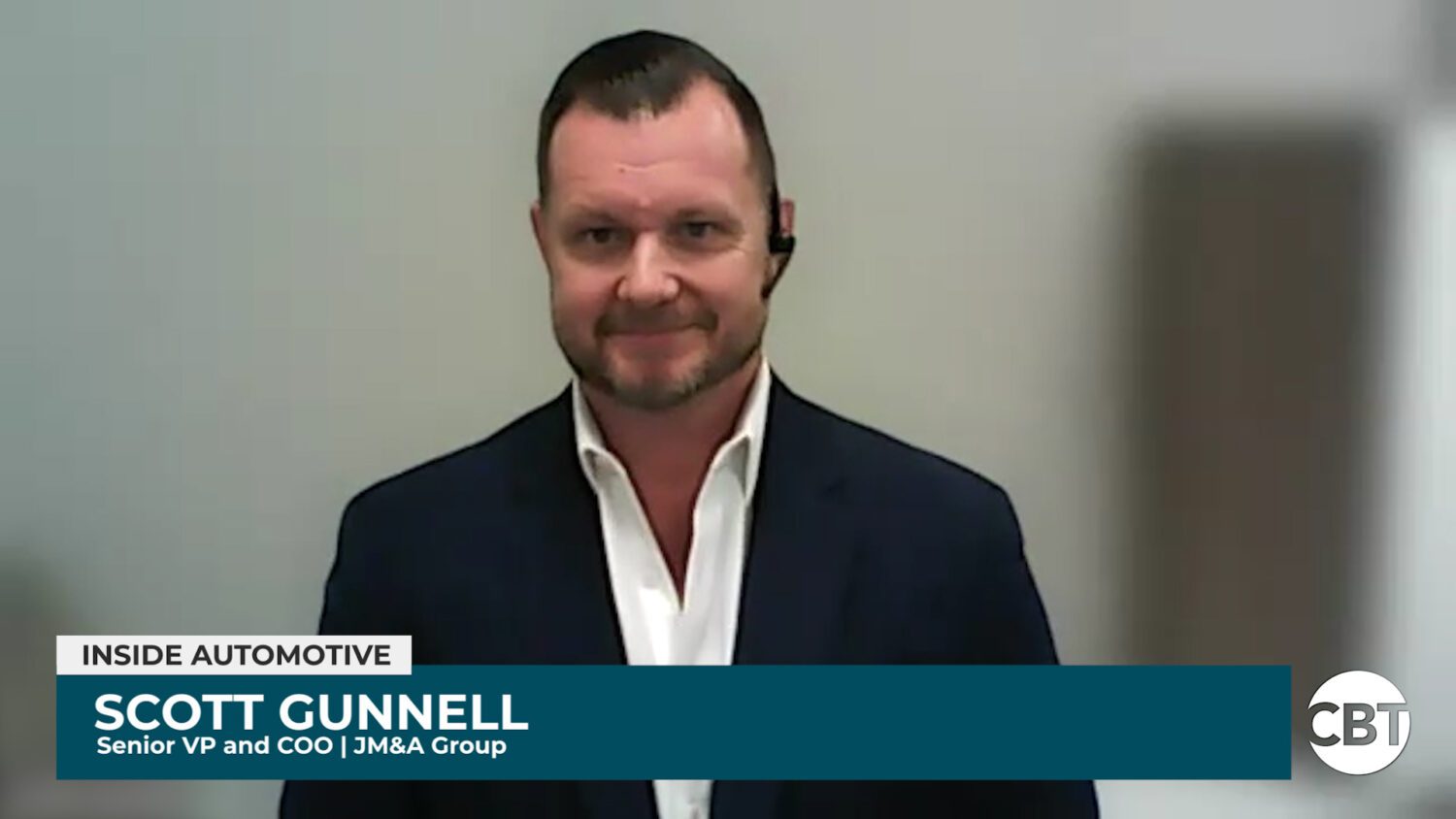Within the automotive industry, it is critical to have a modernized F&I process that evolves along with the industry and consumer expectations. On today’s Inside Automotive, Jonathan Jordan, Director of Sales Strategy for JM&A Group, and Kevin Hull, Director of Sales & Talent Services for JM&A Group, sit down to discuss how dealers can continue competing with their offerings.
JM&A has found that adapting to the way customers are taking charge of their car-buying process has been key to being flexible. In the past, dealers were able to maintain the car shopping experience due to inventory shortages, but as consumers evolve, they are taking control of the process once again. Due to today’s increased inventory, shoppers now have more options to choose from.
While dealers that put an emphasis on flexibility have found they made more profit, dealers still need to improve their total customer experience. In a recent annual workforce analysis conducted by NADA, turnover rates reached 30%, which is the lowest they have ever been.
JM&A, on the other hand, focuses on how dealers meet both customer and staff expectations. They have conducted a study comparing the everyday success and job confidence of new and experienced employees. The longer an individual has been employed, the higher their confidence levels were measured to be. According to Jordan, “the focus has been the development of dealer associations during the previous two to three years- how to overcome objections and regain the confidence necessary to treat customers properly.
 |
In order for dealers to finish the F&I process while customers are spending less time in dealerships, Jordan states “first, dealers must be willing to do it; they must be willing to complete the process in and out of the dealership”. He believes there isn’t a dealership that can’t perform the F&I process outside of the store. He continues, “but the willingness to, is what’s going to make it happen.” The second thing they need to do is make sure their process and technology are up to make the process work properly.
For so long, dealers have focused on the linear process- the standard meet and greets and walkarounds. What once worked, doesn’t fit the new evolving consumer’s needs, according to Hull. The virtual F&I process, he claims, “allows for flexibility in dealers’ negotiations with associations. Offering flexibility is crucial for both parties and will aid in enhancing consumer success in the process.
Jordan claims that “progress and the future are coming,” even though JM&A has been increasing its virtual F&I offers over the past three years. “We can successfully compete in the process in a virtual environment, and we can gain profit from doing that”. Since 80% of consumers prefer the features and convenience of the virtual world, JM&A has completed 25,000 deliveries. In comparison to a step-by-step approach with the customer starting at step 5, Hull explains that “to prevent potential difficulties, the flexibility of dealers allows them to begin with the customer’s needs instead.” Hull adds, “It’s not about eliminating the process, it’s about giving it the flexibility to work.”
Overall, “readiness is everything in place to set you up for success.” Even though the F&I department is concerned that going online will cause them to lose both control and money, both Joran and Hull note that the process will be able to provide tailored solutions to the customer’s needs. However, we still need people in order to improve consumer expectations. Therefore, Dealers still need employees to assist with customer engagement.
Jordan emphasizes that “success is driven by the people,” and the virtual F&I process is not a replacement. Hull adds, “technology should be used as a tool to add value to life, but it is not an end-all, be-all vessel”.
Did you enjoy this interview? Please share your thoughts, comments, or questions regarding this topic by connecting with us at newsroom@cbtnews.com.







